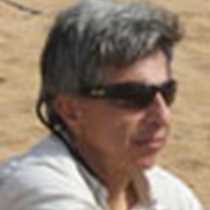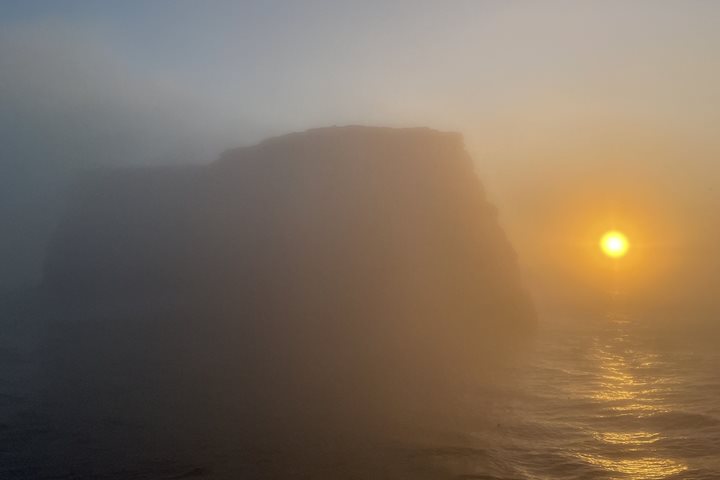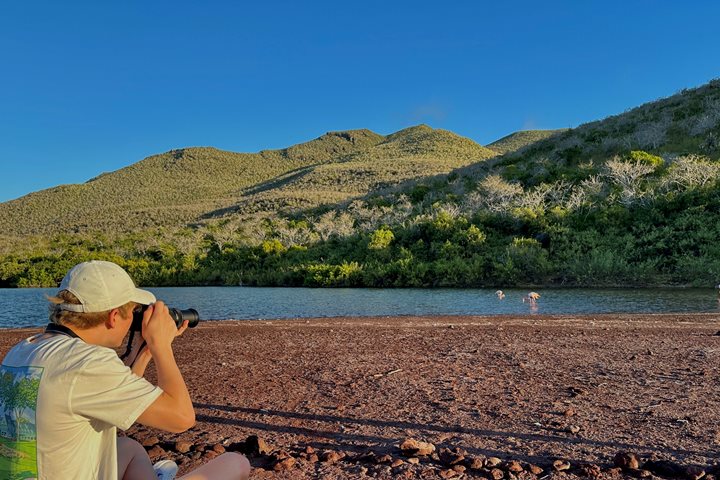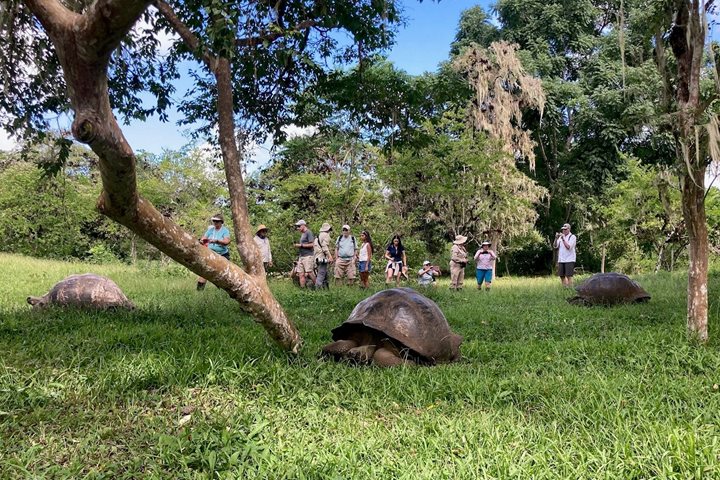San Cristobal and Española are some of the oldest of the Galapagos Islands, as they sit on the southeastern end of the archipelago. The islands are of volcanic origin and formed due to the activity of what geologists call a “hotspot.” As the Nazca Plate slid to the southeast over the hotspot, new islands emerged. This means that the islands toward the northwest are the youngest, and the ones on the opposite end are the oldest.
- Daily Expedition Reports
- 06 Feb 2022
San Cristobal & Española Islands, 2/6/2022, National Geographic Endeavour II
- Aboard the National Geographic Endeavour II
- Galápagos
Salvador Cazar, Naturalist
Salvador Cazar studied biology at the Universidad Nacional Del Sur, Bahía Blanca, in Argentina and at the Catholic University of Ecuador. Between 1988 and 1994, Salvador worked as a naturalist and tour leader for several national and international to...
Read MoreShare Report
Galápagos Escape: An 8-Day Voyage
VIEW ITINERARYRelated Reports
5/20/2025
Read
National Geographic Islander II
North Seymour and Rabida Islands
Today was an amazing day from sunrise to sunset. We explored the beautiful North Seymour Island in the first part of the day. So many birds! We even saw the fascinating courtship dance of the blue-footed boobies. What a treat! In the afternoon, we went for our first snorkeling experience in the Galapagos, swimming with sea lions and so many fish. To end our day, we had the option to go for a photo-oriented or natural history walk along the astonishing red sand beach of Rabida Island. I oversaw the photo-oriented walk, and we had so much fun. Our guests put into practice what they learned during the photo presentation we had yesterday, and the result was amazing. We cannot wait for another day full of adventures in the Galapagos Archipelago.
5/19/2025
Read
National Geographic Islander II
Santa Cruz Island
Our first full day had plenty of wonderful surprises as we disembarked in Puerto Ayora, the main town on Santa Cruz Island. As soon as we arrived, we took a bus all the way to the highlands of Santa Cruz until we reached El Trapiche Farm, a unique site where the guests of National Geographic Islander II learned about the production of organic coffee, cocoa, and sugarcane liquor. Afterwards, we visited the Twin Craters. This amazing site is comprised of two incredible pit craters formed by the collapse of volcanic magma chambers. The area is surrounded by a forest of the unique Scalesia pedunculata, a tree that is endemic to the area. The spectacular visit to El Manzanillo Ranch gave us the opportunity to walk among the incredible Galapagos giant tortoises, often found in the early afternoon having lunch and resting. Being surrounded by these gentle giants was the best way of ending our visit.







